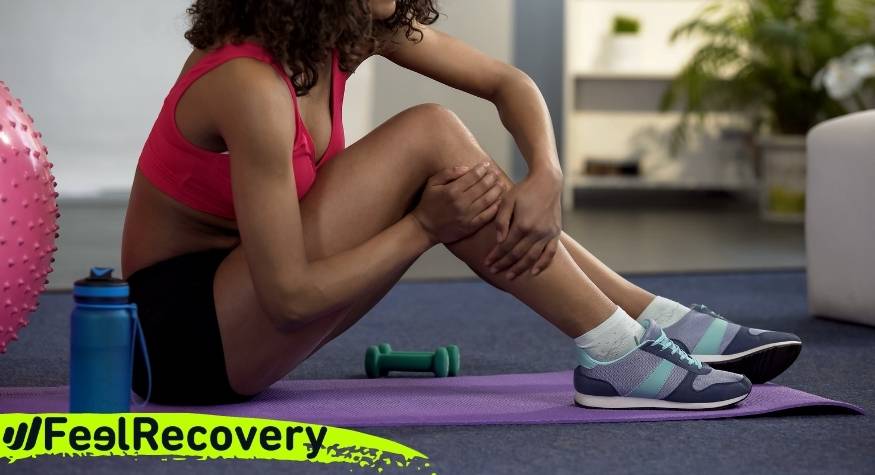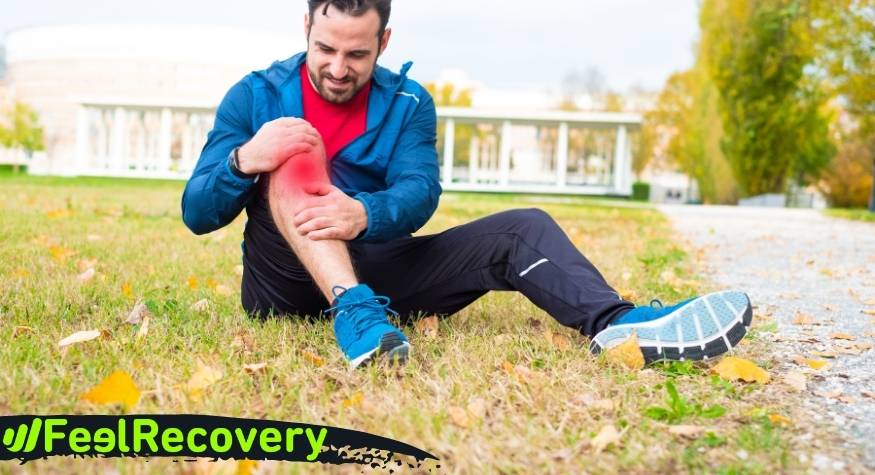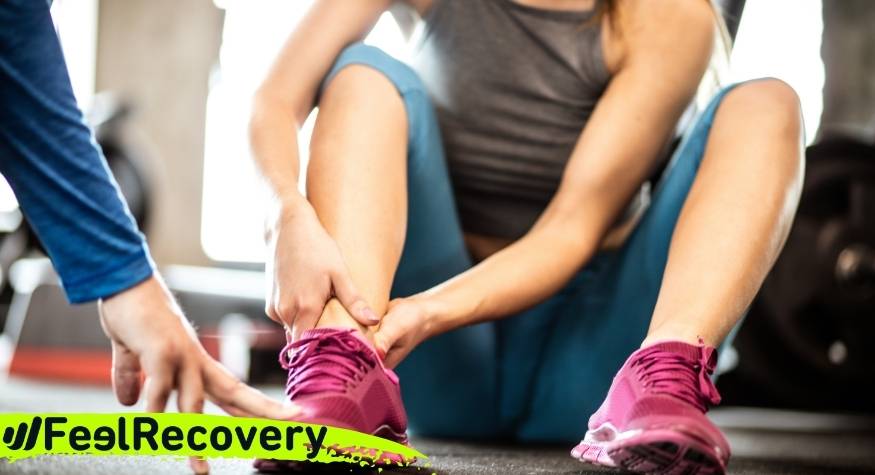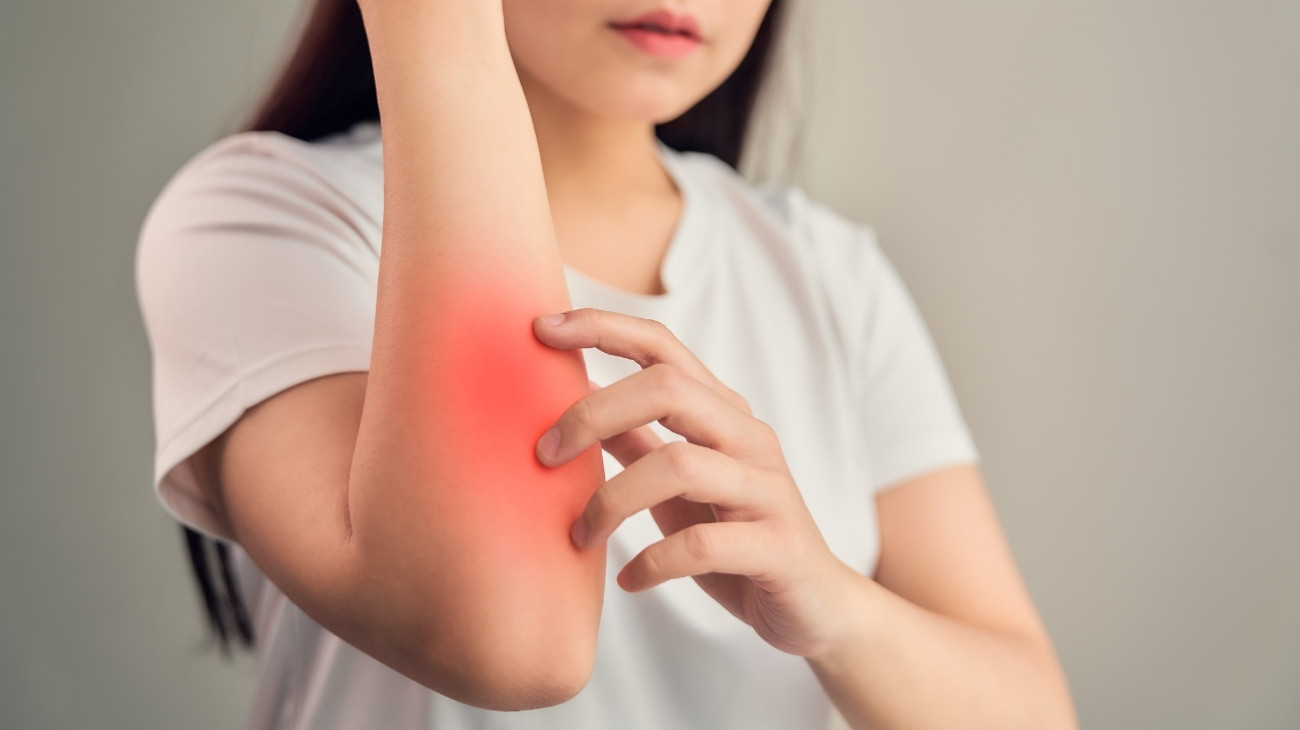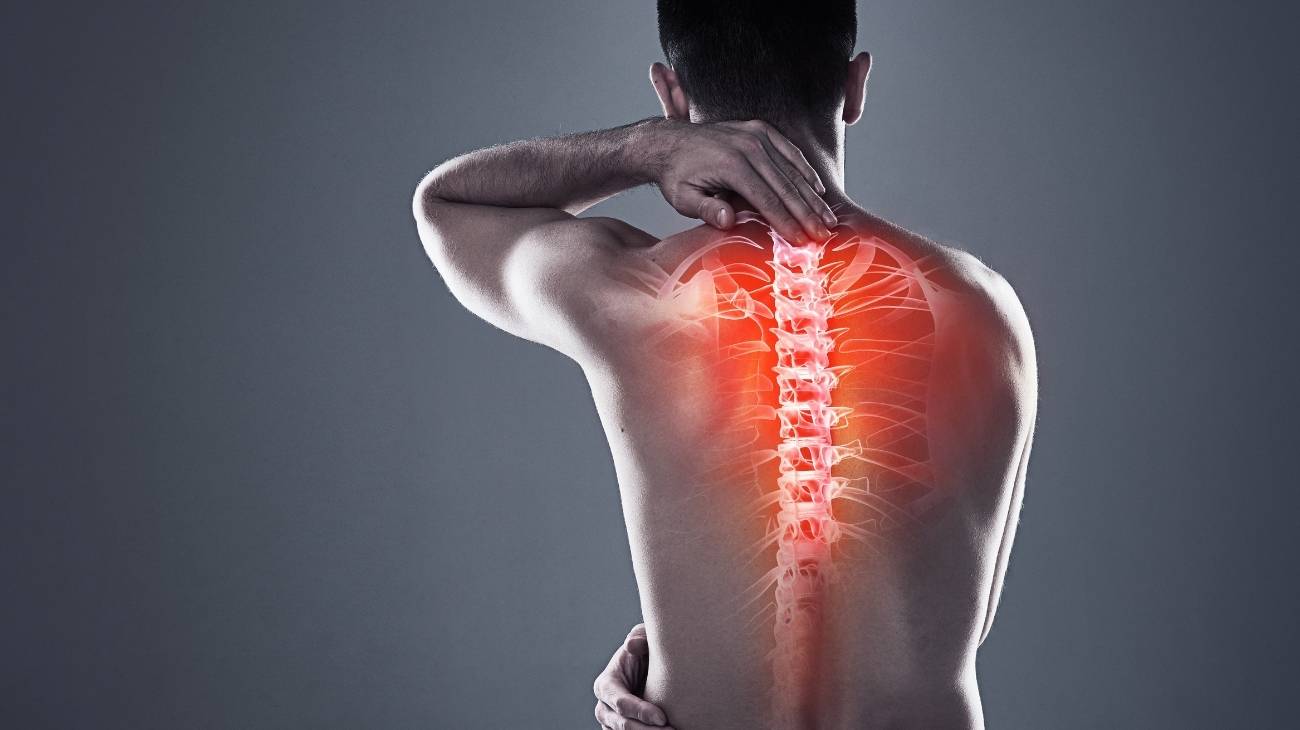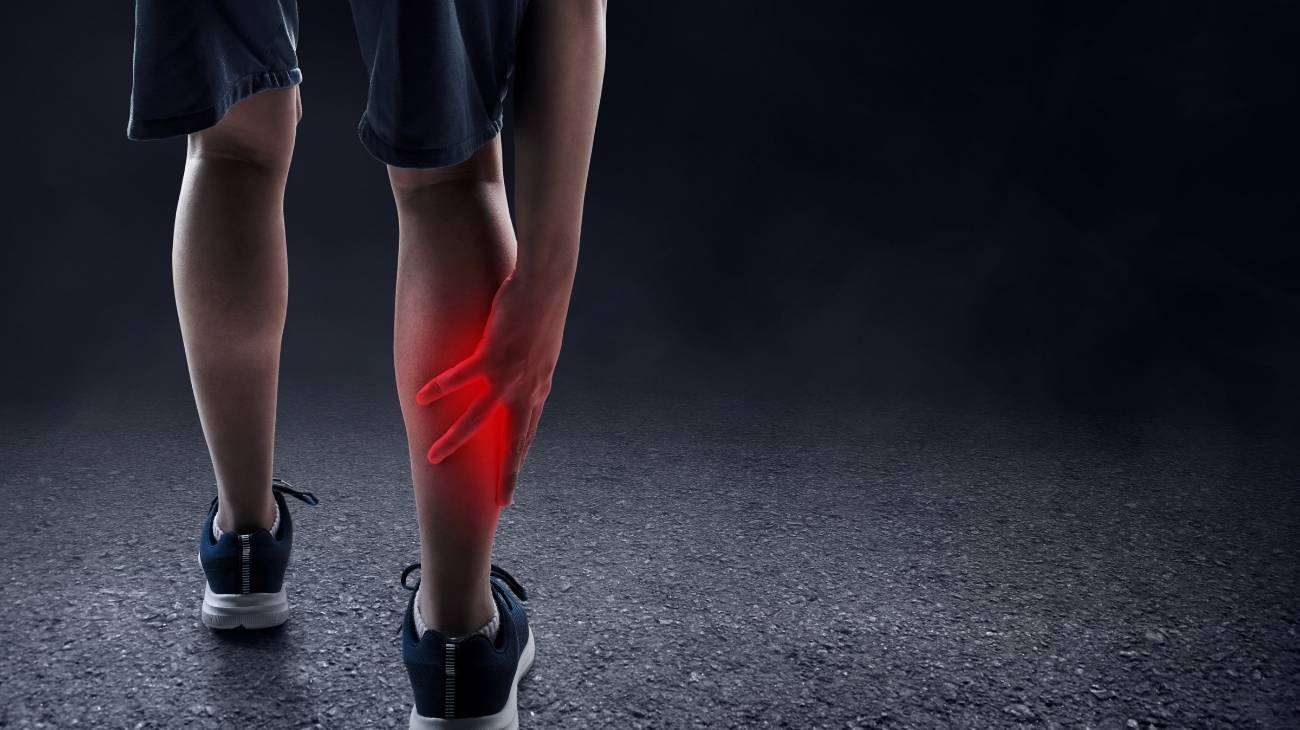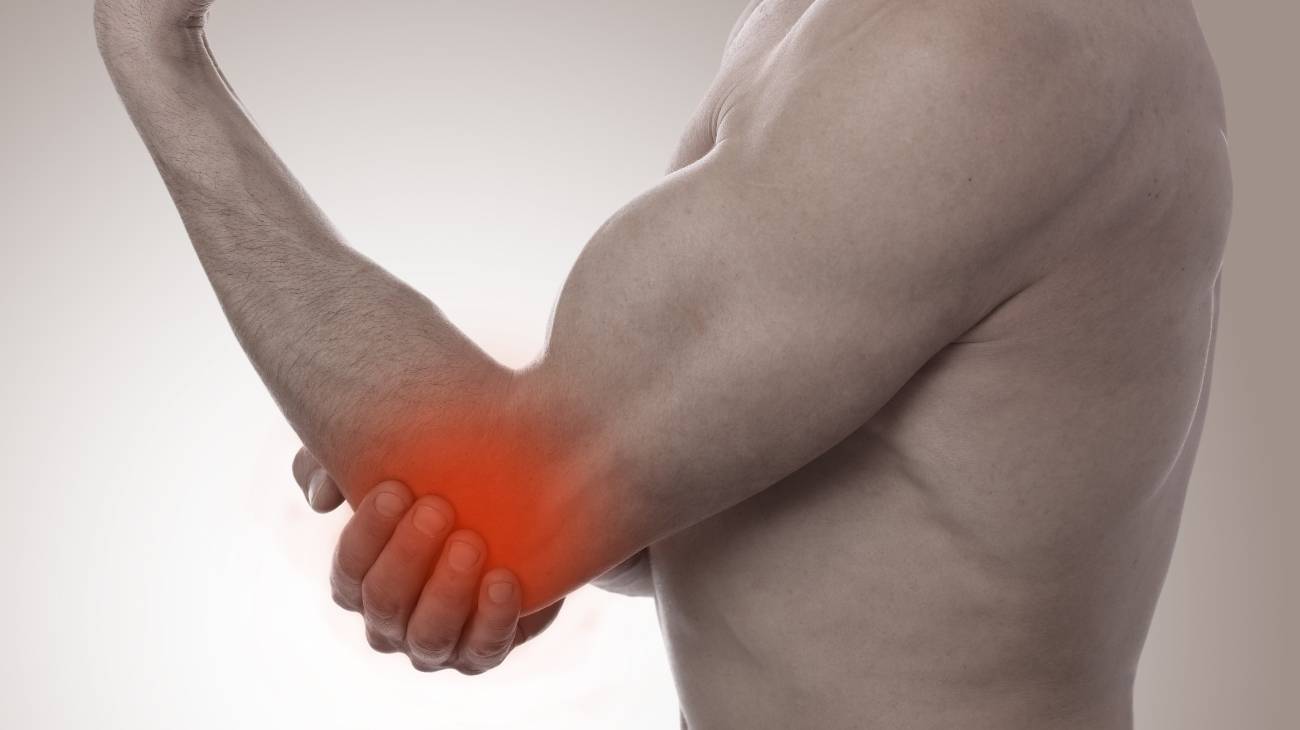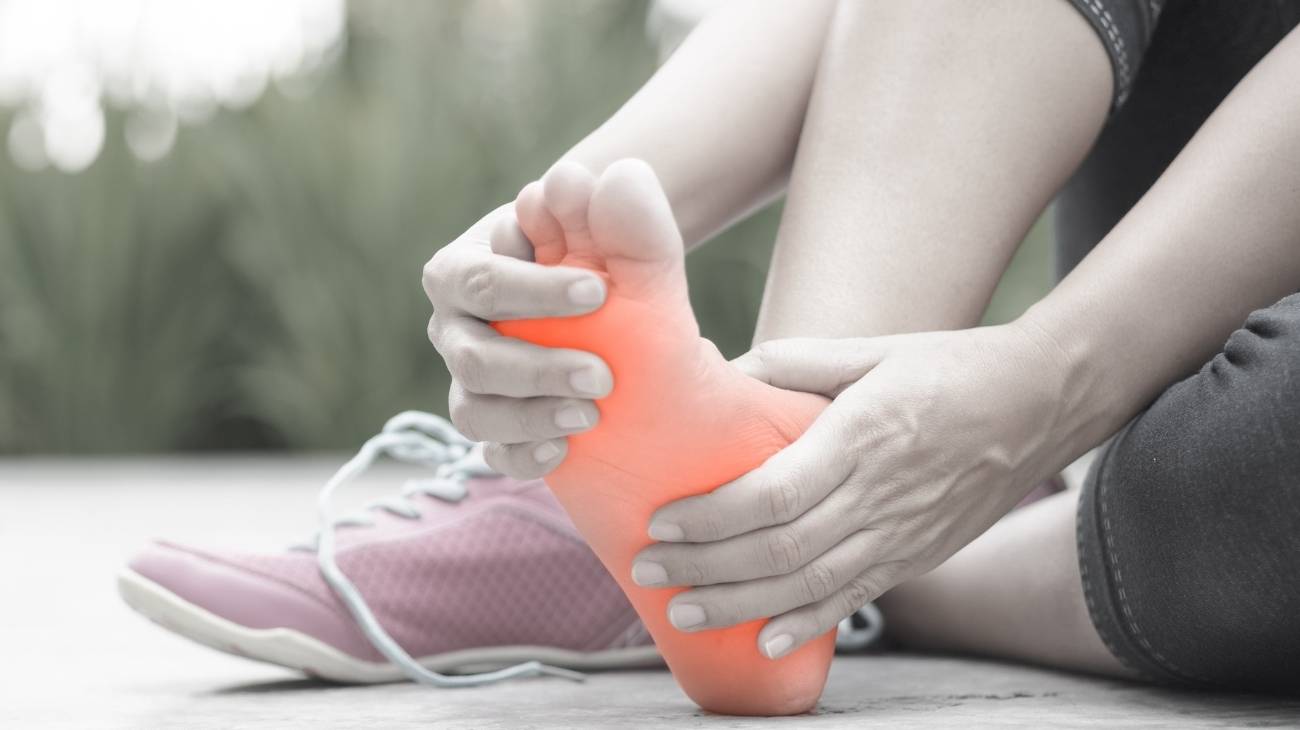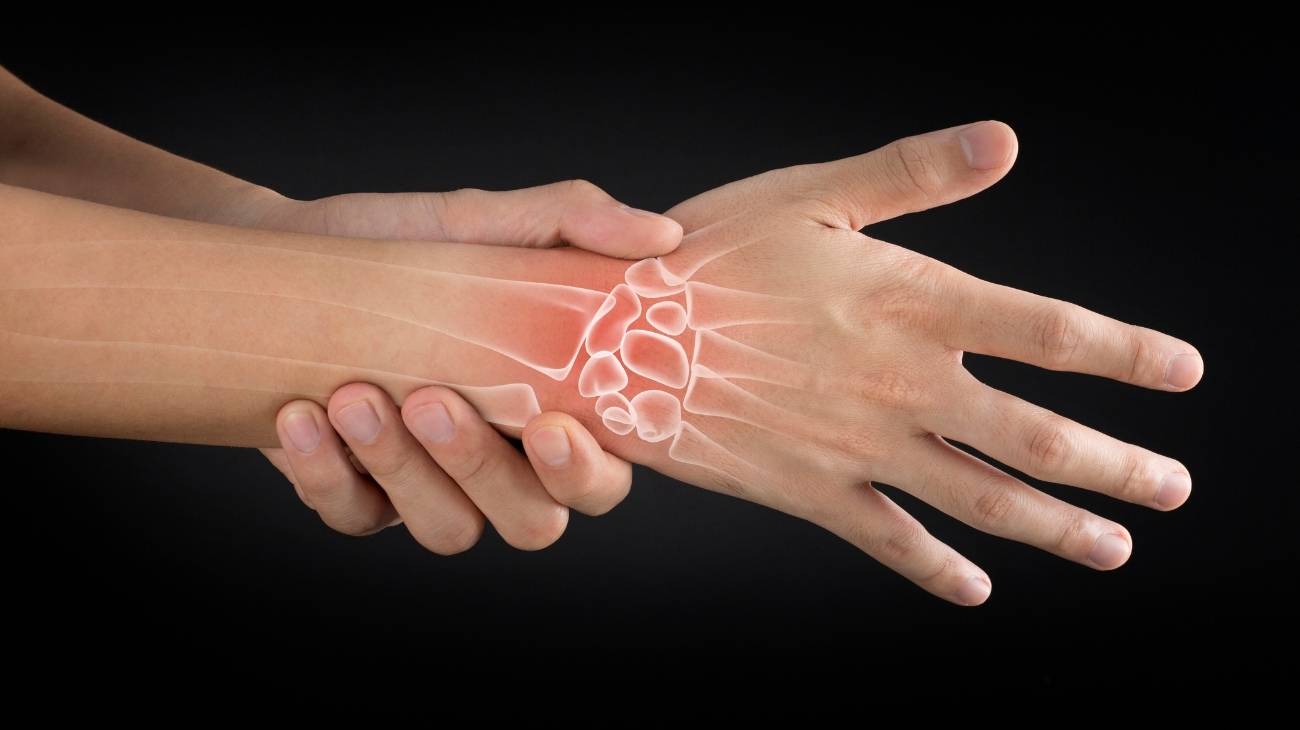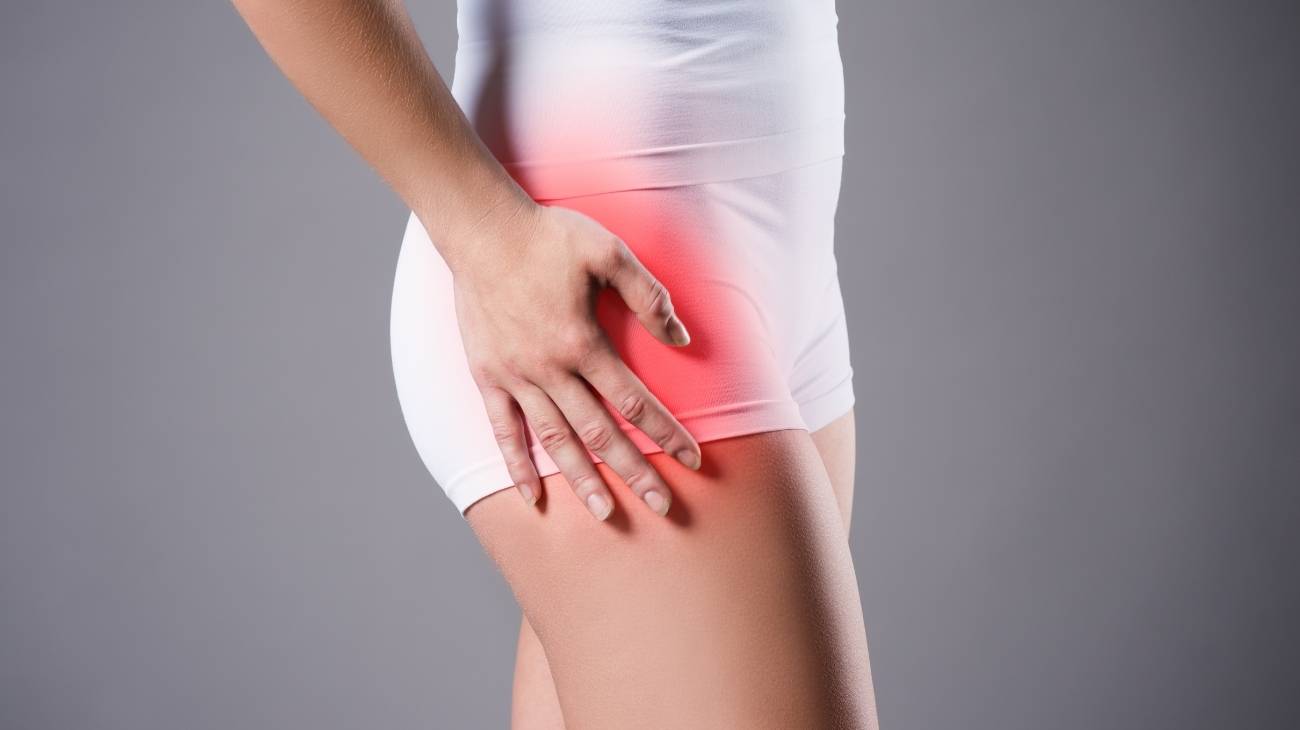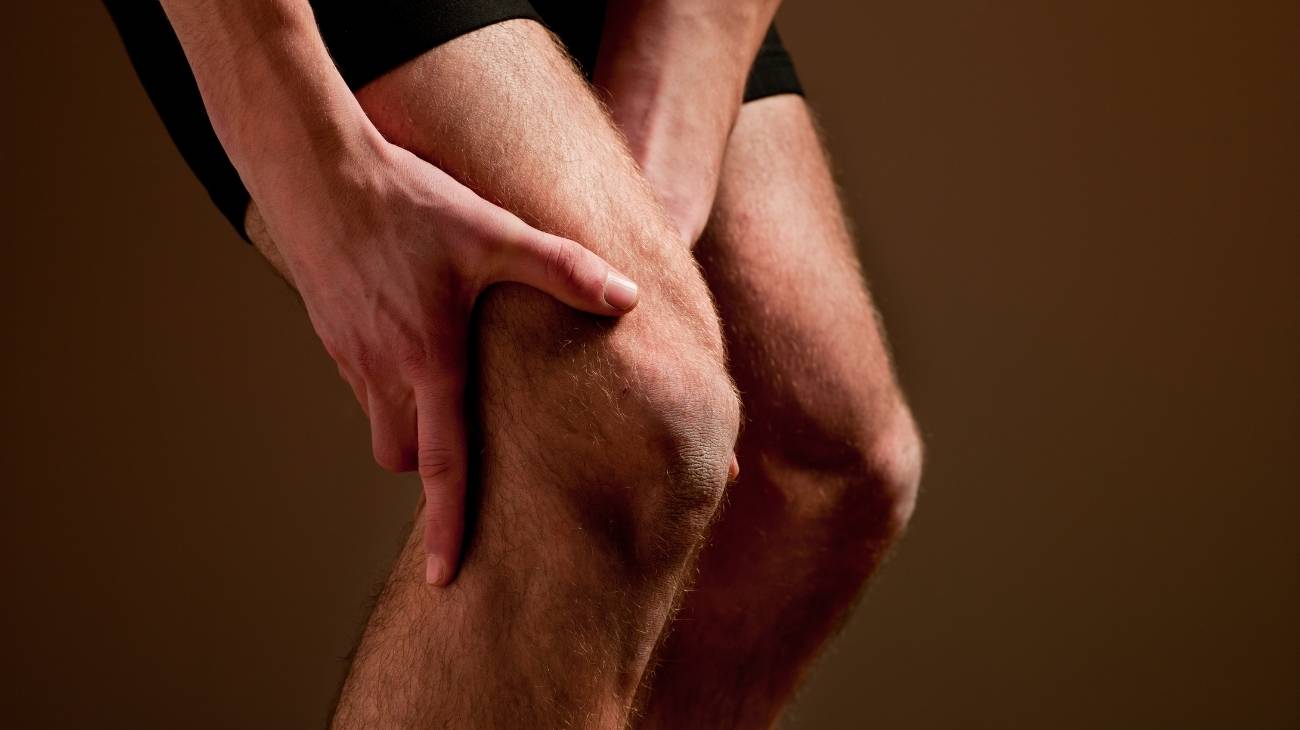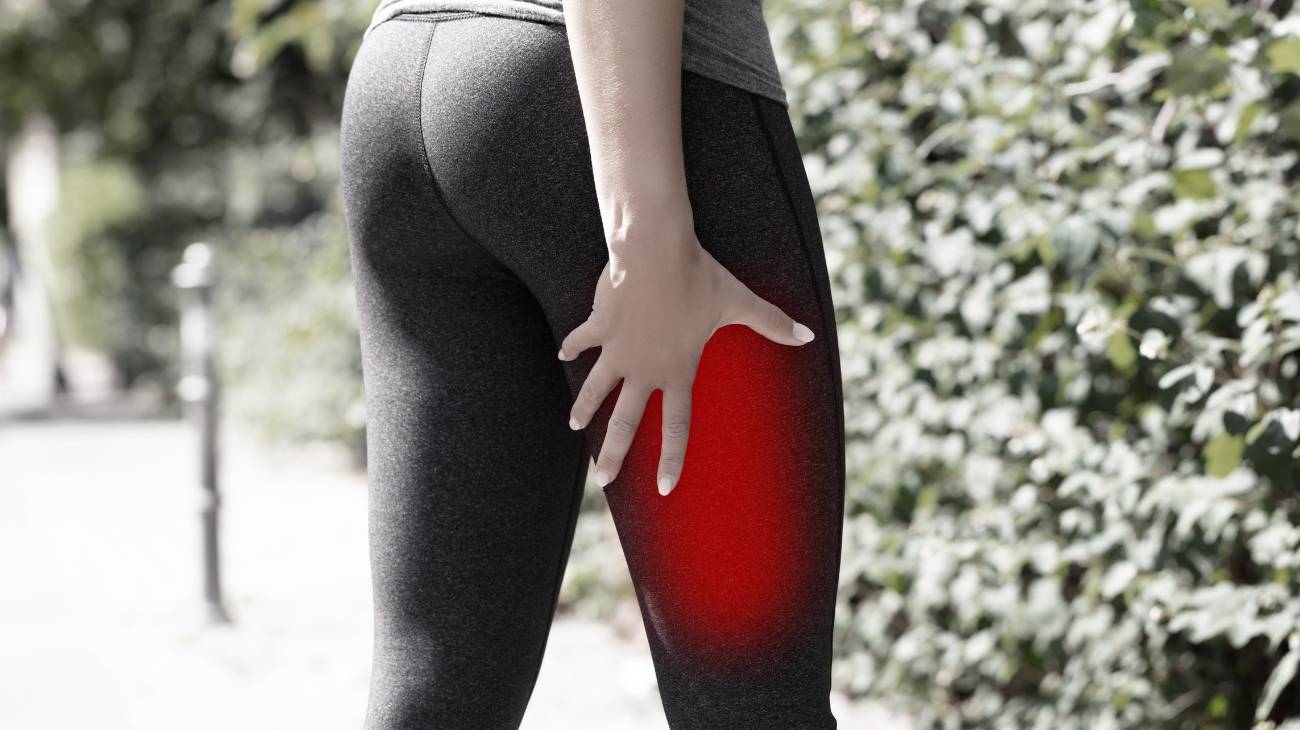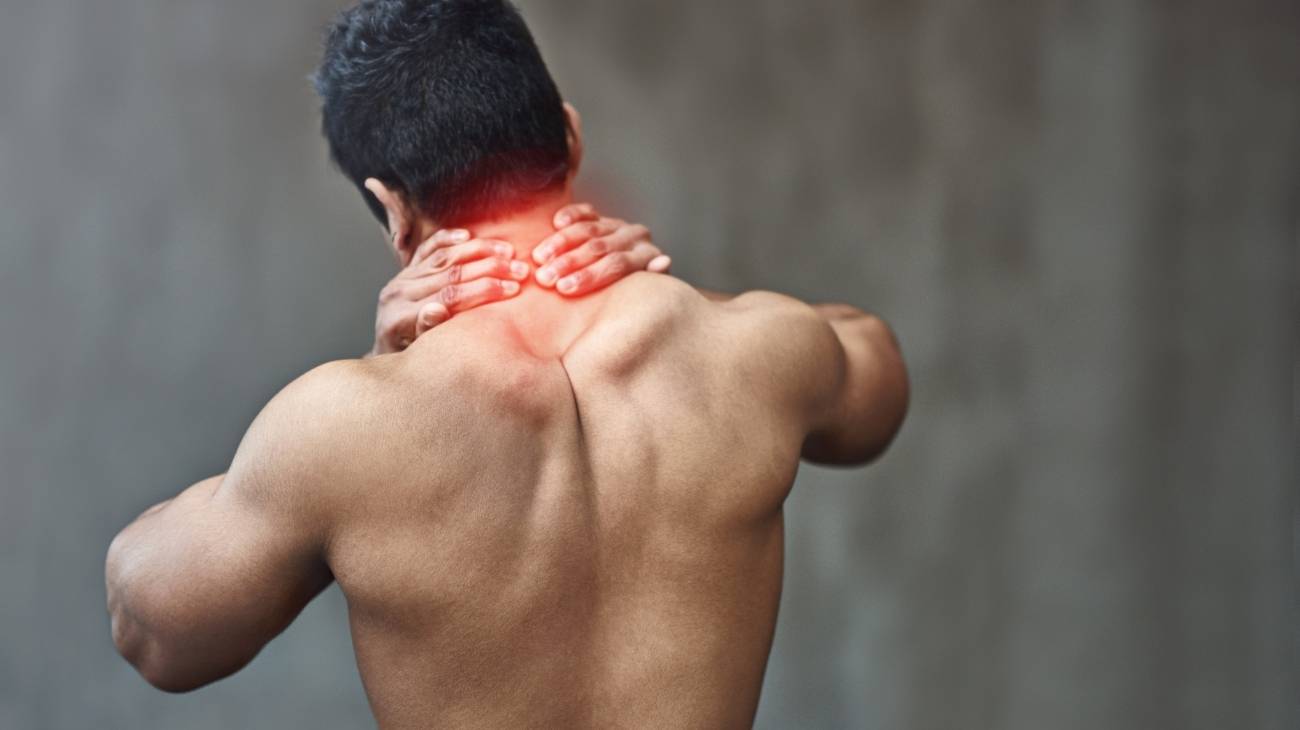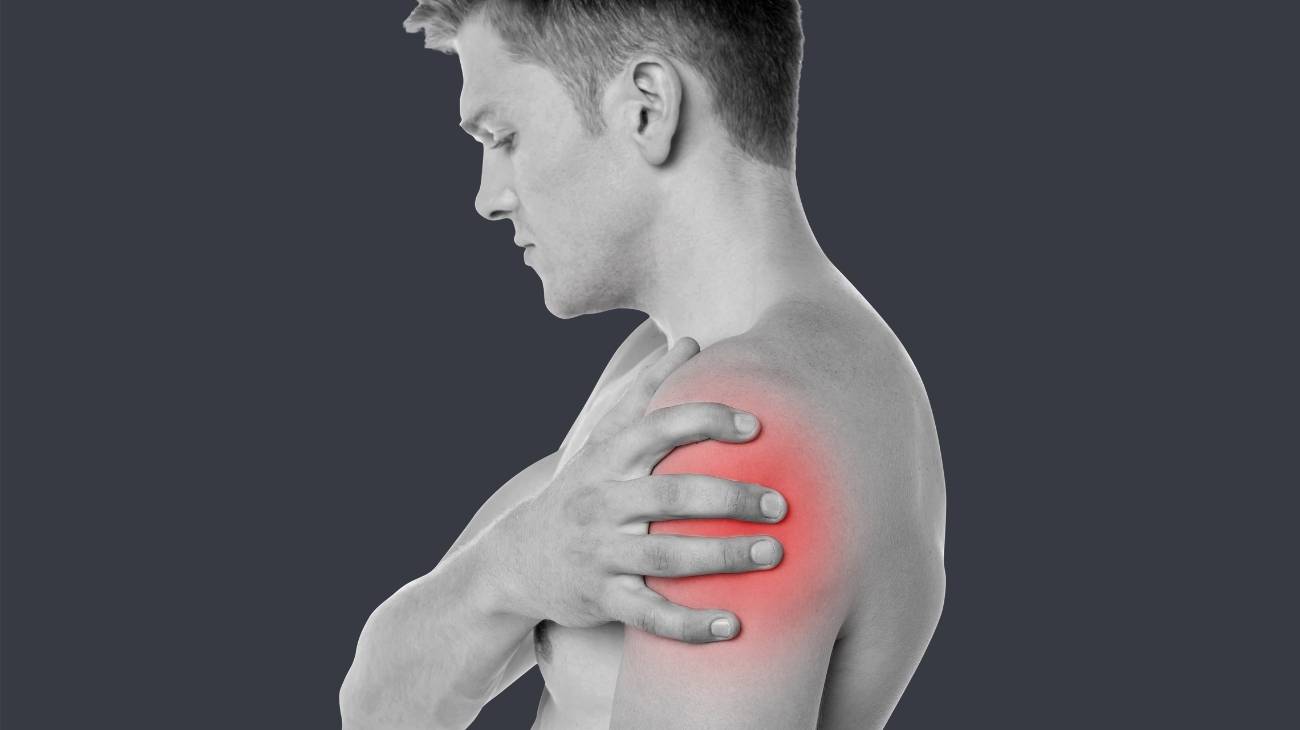After the hands, the legs are the most important tools of the human being. Walking upright seems simple, but it took us millions of years of evolution to achieve this technique in order to free our hands and allow us to develop more skill with them.
A sedentary lifestyle, poor physical condition and even excessive muscular effort will cause your legs to be injured, so we leave you with this list of the most common leg injuries, how they originate, what symptoms you should take into account to avoid major problems and how to apply the PRICE therapy as first aid.
What types of leg injuries can we suffer?
When the body is well prepared, the legs can support more than twice the body weight, if not much more. However, severe injuries can occur during excessive flexion and extension movements of the legs, as well as plantar flexion and dorsiflexion. Let's see which are the most common ones.
Skin injuries
The human skin is more than just a shell, it is actually the largest and most important organ of our body. A wound occurs when the skin on the legs is broken from any cause: cuts, scratches, incisions and even blisters.
If the skin breaks open, that area becomes a gateway for foreign agents to attack the body and infections occur. The deeper the wound, the more care the patient must take. Therefore, as the legs are a very large area of the body, they are exposed to a multitude of skin wounds.
Contusions
These occur when the biceps femoris, quadriceps or calf muscles are hit hard. Immediately you can see bruising in the damaged area and moderate pain, if it is a heavy blow such as a fall. Irregular skin colour is due to internal bleeding which often disappears within a few days.
Falls on the stairs, slipping in the shower, contact sports or traffic accidents are all events that leave us with large bruises on our legs without the need for sprains, tears or fractures.
Bone pain
It is very rare to have bone pain without it being associated with a fracture or blow, but in cases such as cancer there may be pain. Even arthritis and osteoporosis can cause you to have a feeling of discomfort and soreness in your bones. Whenever you have a similar sensation, you should see your GP for an examination.
Bones are strong, covered by a membrane called the periosteum, and are protected by soft tissues such as muscles, tendons and ligaments. So it is not common for bones to hurt, there will always be a serious cause for this symptom.
Strains
Leg strains occur when doing a full flexion and having extra weight on the body, such as trying to lift a heavy box from the floor onto a table. A flexion stretches the muscles, and when the muscles are not ready, they become irritated and inflamed. This is also called "pulled muscle".
A strain involves inflammation of the muscle and partial rupture of some of its fibres. A few days of rest and the application of the PRICE therapy is sufficient to reduce the pain and swelling, which we will explain step by step below.
Tears
A tear is the aftermath of a strain. When the injury is not treated in time or the muscle stretching exceeds the natural capacity of the muscle, then the fibres break completely and the pain becomes unbearable.
Muscle tears in the legs are more frequent in sporting activities, either because of overloaded tension or because the muscles are not adapted to withstand heavy training. In the case of the legs, the calves and hamstrings are the muscles most prone to tearing.
Sprains
At home or at work, the most common sprains occur in the ankle, not excluding the knees. In the case of the ankle joint, it allows a greater amount of movement than the knee, which increases the likelihood of sprains that injure tendons and ligaments.
Sprains have three grades depending on their severity, with the last grade likely to require surgery to repair the affected tissue. In grades I and II, only immobilisation of the joint for several weeks will be required.
Fractures
In the case of very severe sprains, it is the ends of the bones that are fractured and go from sprains to major damage. Both the tibia and femur are long bones, and a fall or hard blow against sharp objects can break them, especially when the leg has not been exercised and the surrounding muscles are weak.
Fractures can be open, if the skin is broken and affects the integrity of the soft tissues; closed and multiple, when there are no skin wounds but several loose pieces; and in the form of fissures, when X-rays show lines in the bones, sometimes without pain.
Dislocations
The most commonly dislocated part is the patella, due to strong twisting of the leg as it tries to turn and the foot remains fixed to the ground. All or part of the stabilising ligaments in the knee are torn and allow the kneecap to slip out of its usual place, causing swelling and sharp pain.
Diseases such as osteoporosis and arthritis cause weakening of the bones and cartilage, which increases the likelihood of knee injury, in this case dislocation of the kneecap.
Best products for recovering from leg injuries
Bestseller
-
2 Knee Compression Sleeve (Black/Gray)
£20,95 -
2 Knee Compression Sleeve (Green/Navy)
£20,95 -
2 Knee Compression Sleeve (Pink/Bordeaux)
£20,95 -
2 Thigh Compression Sleeve (Green/Navy)
£20,95 -
2 Thigh Compression Sleeve (Pink/Bordeaux)
£20,95 -
Microwave Wheat Bag for Back Pain Relief (Extra Large) (Hearts)
£24,95 -
Microwave Wheat Bag for Back Pain Relief (Extra Large) (Oxford)
£24,95 -
Microwave Wheat Bag for Back Pain Relief (Extra Large) (Sport)
£24,95 -
Microwaveable Wheat Bag for Pain Relief (Hearts)
£20,95 -
Microwaveable Wheat Bag for Pain Relief (Oxford)
£20,95 -
Microwaveable Wheat Bag for Pain Relief (Sport)
£20,95 -
Wheat Bag for Microwave Classic Bottle Shaped (Hearts)
£20,95 -
Wheat Bag for Microwave Classic Bottle Shaped (Oxford)
£20,95 -
Wheat Bag for Microwave Classic Bottle Shaped (Sport)
£20,95
-
2 Calf Compression Sleeve (Black/Gray)
£20,95 -
2 Calf Compression Sleeve (Green/Navy)
£20,95 -
2 Calf Compression Sleeve (Pink/Bordeaux)
£20,95 -
2 Patella Knee Strap (Black/Gray)
£12,95 -
2 Patella Knee Strap (Green/Navy)
£12,95 -
2 Patella Knee Strap (Pink/Bordeaux)
£12,95 -
2 Thigh Compression Sleeve (Black/Gray)
£20,95 -
Ice Massage Roller Ball (Black)
£34,95 -
Ice Massage Roller Ball (Green)
£34,95 -
Ice Massage Roller Ball (Pink)
£34,95 -
Soft Density Foam Roller for Recovery (Black)
£34,95 -
Soft Density Foam Roller for Recovery (Green)
£34,95 -
Soft Density Foam Roller for Recovery (Pink)
£34,95 -
Sport Compression Socks (1 Pair) (Black/Gray)
£20,95 -
Sport Compression Socks (1 Pair) (Green/Navy)
£20,95 -
Sport Compression Socks (1 Pair) (Pink/Bordeaux)
£20,95
What are the causes of leg pain?
Leg injuries are not exclusive to athletes. Anyone can experience pain and have a fracture. You should always be careful in the activities you do and keep in good shape.
Dehydration
In addition to physical activity as a preventive measure, keeping the body well hydrated and nourished will make the muscles better able to withstand accidents and stress overloads. Nutrients enter through the food we eat and circulate better in the bloodstream until they reach the muscles through the water we drink. Ideally, you should never feel thirsty, as this is the first symptom of dehydration.
Work overload
Household activities or physically demanding jobs will cause your body to become fatigued and feel discomfort, tiredness and even injury. Changing the intensity of your lifestyle is the main reason why your body gets injured, especially if there is a sedentary lifestyle. As you get older, your muscles, tendons and ligaments are more likely to be unable to cope with greater demands.
Diseases
Peripheral arterial difficulty joins arthritis and osteoporosis as diseases that can cause minor or severe leg injuries. Bone tumours also cause damage to bone structure. Avoiding injury and occasional exercise is not enough. There are factors we cannot control, but they are latent and threaten our health. For any pain, see your doctor.
Sciatica
Sciatica is a pathology with pain shared between the lower back and legs. When a disc in the lower back becomes displaced, it presses on the sciatic nerve and sometimes causes unexplained pain in the back of the thigh. To avoid this, you should be more careful about how much you strain your back and see a physiotherapist for strengthening and rehabilitation exercises.
Pregnancy and overweight
Obviously, when the legs have to bear a greater load, if they are not prepared, they can suffer injuries. In the case of pregnant women, varicose veins may develop in the legs due to poorer blood circulation. For those who are obese or overweight, in addition to all the diseases associated with excess body weight, there is also the possibility of suffering from lower body ailments.
What are the symptoms of leg pain?
Unless it is a sprain or fracture where the pain is intense and the reason is visible, there are some signs to look out for to avoid future complications in the recovery of leg injuries.
- Burning sensation: If you feel a fire running through your back and legs, it is likely to be nerve compression, perhaps sciatica. Sciatica occurs when there is disc displacement from activities that require force on the spine.
- Tingling in the legs: The disturbance in the functioning of soft tissues, such as muscles, tendons and ligaments, makes your legs feel "numb". This is caused by the cut-off of blood circulation in the limb.
- Weakness and heaviness: The most likely cause is muscle fatigue, when the fibres are exhausted by the person's constant mobility when exercising or just having a busy day at home and work.
- Swelling and pain: Swelling will always be associated with some pain, mild, moderate or severe. If you have not had a fall or injury, the swelling is likely to be due to circulation problems.
- Fever: A person may have a fever if the origin of their leg injury is associated with an open fracture, or more severe diseases such as osteoarthritis and especially cancer.
- Headache: If the pain is caused by an artery or clot in the leg, other symptoms such as headache or migraine may also be felt.
- Shortness of breath: A blood clot in the leg that begins to move towards the lungs and heart can cause breathing difficulties, a serious sign that you should see a doctor to avoid a catastrophic outcome.
- Tired legs: Due to a stressful lifestyle, wearing inappropriate footwear, long periods of standing or sitting, physical inactivity etc.
How to apply the RICE therapy to treat leg injuries?
Although the PRICE therapy is best known in the sporting world, at home or at work you can apply it to facilitate recovery from minor and soft tissue injuries. PRICE is an update of the RICE therapy, as it has been best known in the world since the 1970s.
- Protection: Depending on whether the pain is in the knee or ankle joint, you should use a first aid bandage to avoid involuntary movements that could complicate the injury. For injuries such as cuts, the wound should be covered by pressing with a clean cloth and the patient should go to the emergency room as soon as possible.
- Rest: If it is a sprain, trauma or sprain, it is best to remain seated or lying down for 72 hours, this is the maximum period of time to treat an injury as minor.
- Ice: Cold serves as a recovery therapy because of its analgesic and anti-inflammatory effect. It is the first step in relieving pain and reducing swelling in the affected part of the leg.
- Compression: If you use compression knee and ankle braces, this is better than using an elastic bandage, although you should not rule it out in case you do not have these compression garments. If you feel tingling in the affected area, then you should loosen the bandage.
- Elevation: If you are sitting or lying down, try to keep your leg elevated, this will lower the blood supply to the affected area and speed up recovery.
Common sports leg injuries
If you're a regular in any sport, then this section is for you. Check out this list of the most common leg injuries you can get when playing a sport, whether it's Crossfit, football or basketball, or other contact sports, none of them are free from leg injuries.
Why is it important to clean TENS/EMS electrode pads?How to clean the electrodes pads of TENS/EMS electrostimulator?When to replace electrostimulator padsIs it safe to use old electrode pads?Tips for maintaining...
What is vibration therapy and what types of ailments can be treated with vibration balls?What is myofascial release therapy and what kind of ailments can be treated with massage balls?What...
How can myofascial release therapy improve my health according to science?What should I consider when choosing the best electric massage roller?How to use an electric vibrating massage roller?F.A.Q: Frequently Asked...
How does the head of my muscle massage gun influence the experience of use?What types of heads do massage guns have and what is each one used for?What are the...
What is myofascial release therapy and how does vibration influence it?What to consider before performing myofascial release massages with Foam Foller with vibration?Vibration Foam Roller Exercises for the upper bodyVibration...
What kind of pains and injuries can be treated with vibrating massage rollers?How to use vibrating massage rollers to relieve aches and pains and speed up recovery from injuries?What kind...
What is an vibrating Foam Roller and what kind of injuries can be treated with one?What are the differences between an vibrating foam roller and a normal massage roller?What are...
What kind of ailments can be treated with a vibrating massage ball?On which areas of the body can we use a vibrating massage ball?How to use the vibrating massage balls?What...
How can massage therapy help improve your health according to science?What are the main benefits of using electric vibrating massage balls?What should we consider when choosing the best vibrating massage...
How can massage therapy improve my health according to science?What are the most important benefits of using an electric neck, back and shoulder massager?What are the most important features when...
Most common leg conditions
If you feel any of these leg pains, it is best to reduce your body mobility and consult your doctor. To learn more about their causes, symptoms and prevention methods you can access to find out more.
Why is it important to clean TENS/EMS electrode pads?How to clean the electrodes pads of TENS/EMS electrostimulator?When to replace electrostimulator padsIs it safe to use old electrode pads?Tips for maintaining...
What is vibration therapy and what types of ailments can be treated with vibration balls?What is myofascial release therapy and what kind of ailments can be treated with massage balls?What...
How can myofascial release therapy improve my health according to science?What should I consider when choosing the best electric massage roller?How to use an electric vibrating massage roller?F.A.Q: Frequently Asked...
How does the head of my muscle massage gun influence the experience of use?What types of heads do massage guns have and what is each one used for?What are the...
What is myofascial release therapy and how does vibration influence it?What to consider before performing myofascial release massages with Foam Foller with vibration?Vibration Foam Roller Exercises for the upper bodyVibration...
What kind of pains and injuries can be treated with vibrating massage rollers?How to use vibrating massage rollers to relieve aches and pains and speed up recovery from injuries?What kind...
What is an vibrating Foam Roller and what kind of injuries can be treated with one?What are the differences between an vibrating foam roller and a normal massage roller?What are...
What kind of ailments can be treated with a vibrating massage ball?On which areas of the body can we use a vibrating massage ball?How to use the vibrating massage balls?What...
How can massage therapy help improve your health according to science?What are the main benefits of using electric vibrating massage balls?What should we consider when choosing the best vibrating massage...
How can massage therapy improve my health according to science?What are the most important benefits of using an electric neck, back and shoulder massager?What are the most important features when...
References
- Blue, J. M., & Matthews, L. S. (1997). Leg injuries. Clinics in sports medicine, 16(3), 467-478. https://www.sciencedirect.com/science/article/abs/pii/S0278591905700351
- Counsel, P., & Breidahl, W. (2010, June). Muscle injuries of the lower leg. In Seminars in musculoskeletal radiology (Vol. 14, No. 02, pp. 162-175). © Thieme Medical Publishers. https://www.thieme-connect.com/products/ejournals/abstract/10.1055/s-0030-1253158
- Gallo, R. A., Plakke, M., & Silvis, M. L. (2012). Common leg injuries of long-distance runners: anatomical and biomechanical approach. Sports health, 4(6), 485-495. https://journals.sagepub.com/doi/abs/10.1177/1941738112445871
- Söderman, K., Alfredson, H., Pietilä, T., & Werner, S. (2001). Risk factors for leg injuries in female soccer players: a prospective investigation during one out-door season. Knee Surgery, Sports Traumatology, Arthroscopy, 9(5). https://pubmed.ncbi.nlm.nih.gov/11685365/
- Bosse, M. J., MacKenzie, E. J., Kellam, J. F., Burgess, A. R., Webb, L. X., Swiontkowski, M. F., ... & Castillo, R. C. (2002). An analysis of outcomes of reconstruction or amputation after leg-threatening injuries. New England Journal of Medicine, 347(24), 1924-1931. https://www.nejm.org/doi/full/10.1056/NEJMoa012604
- Brewer, R. B., & Gregory, A. J. (2012). Chronic lower leg pain in athletes: a guide for the differential diagnosis, evaluation, and treatment. Sports Health, 4(2), 121-127. https://journals.sagepub.com/doi/abs/10.1177/1941738111426115
- Kim, D., & Hong, J. (2011). Hamstring to quadriceps strength ratio and noncontact leg injuries: A prospective study during one season. Isokinetics and Exercise Science, 19(1), 1-6. https://content.iospress.com/articles/isokinetics-and-exercise-science/ies00406
- Pasanen, K., Parkkari, J., Pasanen, M., Hiilloskorpi, H., Mäkinen, T., Järvinen, M., & Kannus, P. (2008). Neuromuscular training and the risk of leg injuries in female floorball players: cluster randomised controlled study. Bmj, 337. https://www.bmj.com/content/337/bmj.a295.long
- Knapik, J. J., Bauman, C. L., Jones, B. H., Harris, J. M., & Vaughan, L. (1991). Preseason strength and flexibility imbalances associated with athletic injuries in female collegiate athletes. The American journal of sports medicine, 19(1), 76-81. https://journals.sagepub.com/doi/abs/10.1177/036354659101900113
- Orava, S., & Puranen, J. (1979). Athletes' leg pains. British journal of sports medicine, 13(3), 92-97. https://bjsm.bmj.com/content/13/3/92.short

